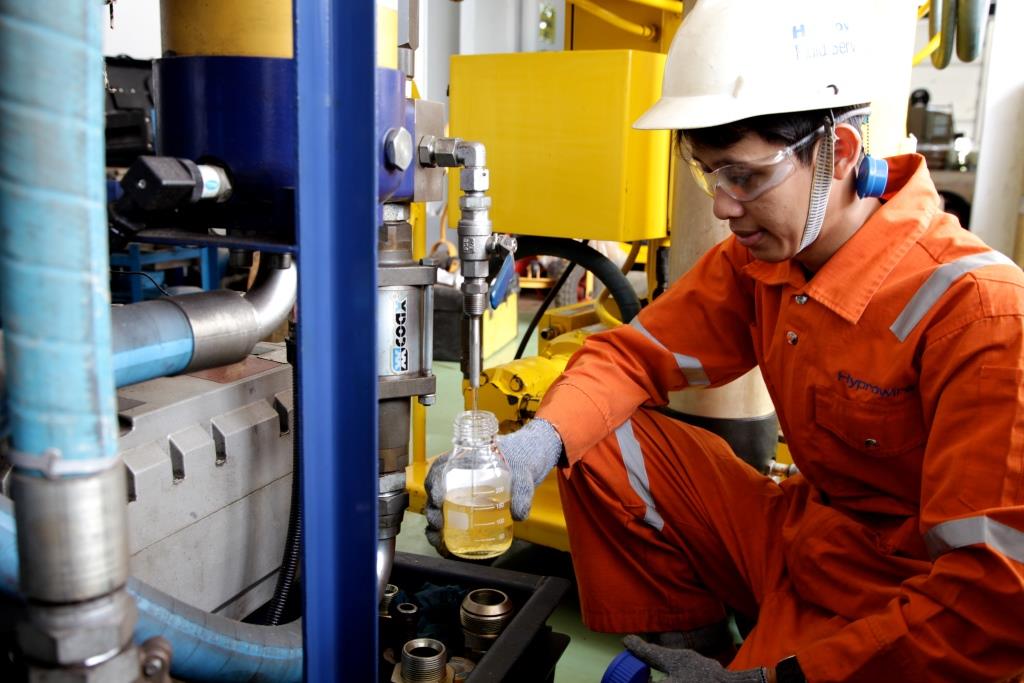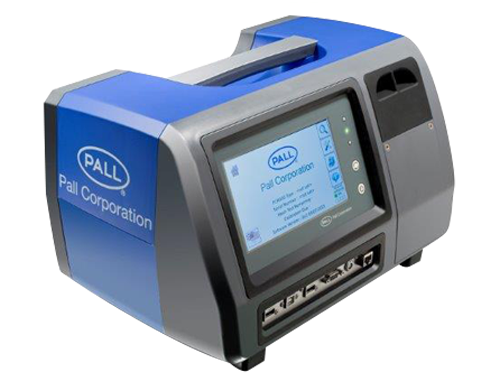Dissolved Gas Analysis (DGA) is a way to monitor the health condition of a transformer by analyzing the gases dissolved in the transformer oil so that it can be predicted what problems are occurring in the transformer so that serious damage can be prevented. DGA is carried out by taking oil samples and measuring the levels of gases dissolved in them and is recommended once every year.
In the IEC 60422 standard, Dissolved Gas Analysis (DGA) is one of the important diagnostic techniques in power transformer maintenance. IEC 60422 is an international standard that regulates general principles and procedures for the analysis of dissolved gases in oil transformers.
Following are some of the main points in DGA analysis according to IEC 60422:
Analysis Objectives:
• The main purpose of DGA analysis is to detect potential failures or problems in power transformers by detecting and analyzing gases dissolved in the transformer insulating oil.
Dissolved Gases Analyzed:
• The most common gases analyzed in DGA are hydrogen (H2), methane (CH4), ethylene (C2H4), acetylene (C2H2), carbon monoxide (CO), carbon dioxide (CO2), and other light hydrocarbon compounds.
• The presence or increased concentration of certain gases can be an indication of specific problems with the transformer, such as arc faults, thermal decomposition of oil, or insulation leaks.
Sampling Method:
• Transformer oil sampling must be carried out in accordance with the procedures specified in IEC 60422.
• Samples are usually taken from the oil tank or sampling valve installed on the transformer.
Laboratory Analysis:
• The oil samples taken will be analyzed in the laboratory to determine the concentration of dissolved gases.
• Analysis is carried out using techniques such as gas chromatography or mass spectrometry to separate and identify dissolved gases.
Interpretation of Results:
• The results of the DGA analysis will be interpreted based on the relative concentrations of the gases detected.
• Patterns or changes in the concentration of certain gases will be related to transformer operational conditions and may indicate potential problems.
Further Actions:
• Based on the results of the DGA analysis, further action may be required, such as further monitoring, further testing, or transformer repair and maintenance.
Reporting:
• The results of the DGA analysis must be documented and reported in writing in accordance with established procedures, including interpretation of the results and recommendations for further action.
By following the principles and procedures set out in IEC 60422, DGA analysis can be an effective tool in maintaining the health and performance of power transformers and identifying potential problems before they become serious.
Transformer maintenance includes preventive, corrective, conditional-based, and breakdown maintenance. Proper maintenance is expected to restore performance and prevent damage.
Taking oil samples for DGA testing greatly determines the reliability of the diagnosis that will be obtained. There are several things that must be considered when taking DGA oil samples, (Ref: Formosa publisher), namely:
1. Tools used for sampling
2. Method of sampling
Oil sampling tools for the DGA test include:
a. Syringe
Inject with a glass container equipped with a 3-way valve for oil sampling.

b. Silicone Hose
Connecting hose to connect the syringe to the transformer oil drain valve.
The process of taking oil samples from the transformer is carried out after all the equipment has been prepared. The following are work instructions for taking oil samples for the DGA test:
1. Prepare a bucket/container to collect transformer oil
2. Attach the silicone hose to the connection on the transformer drain valve
3. Prepare the syringe for oil sampling
4. Set the 3-way faucet stop to the closed position
5. Install the 3-way faucet syringe on the other side of the silicone hose
Factors that must be considered when sampling:
1. Weather Factors
Example: For example, when it rains, sampling cannot be carried out because it is feared that it will affect the test results of the samples that have been taken.
2. Hygiene Factor
For example, the sample container used must be clean so that the sample is not contaminated, which can affect the test results.
3. The bubble factor
It must be ensured that the sample taken in the syringe does not have air bubbles or bubbles to avoid the loss of light gases that are easily released such as Hydrogen (H2).
Reference: https://sib3pop.menlhk.go.id/index.php/dirtydozen/view?slug=pcbs
https://materijualkerja.wordpress.com/2016/12/13/mengenal-condition-minyak-trafo-






